Home>Storage & Organization>Kitchen Organizing Tools>How To Retrain A Cat To Use A Litter Box
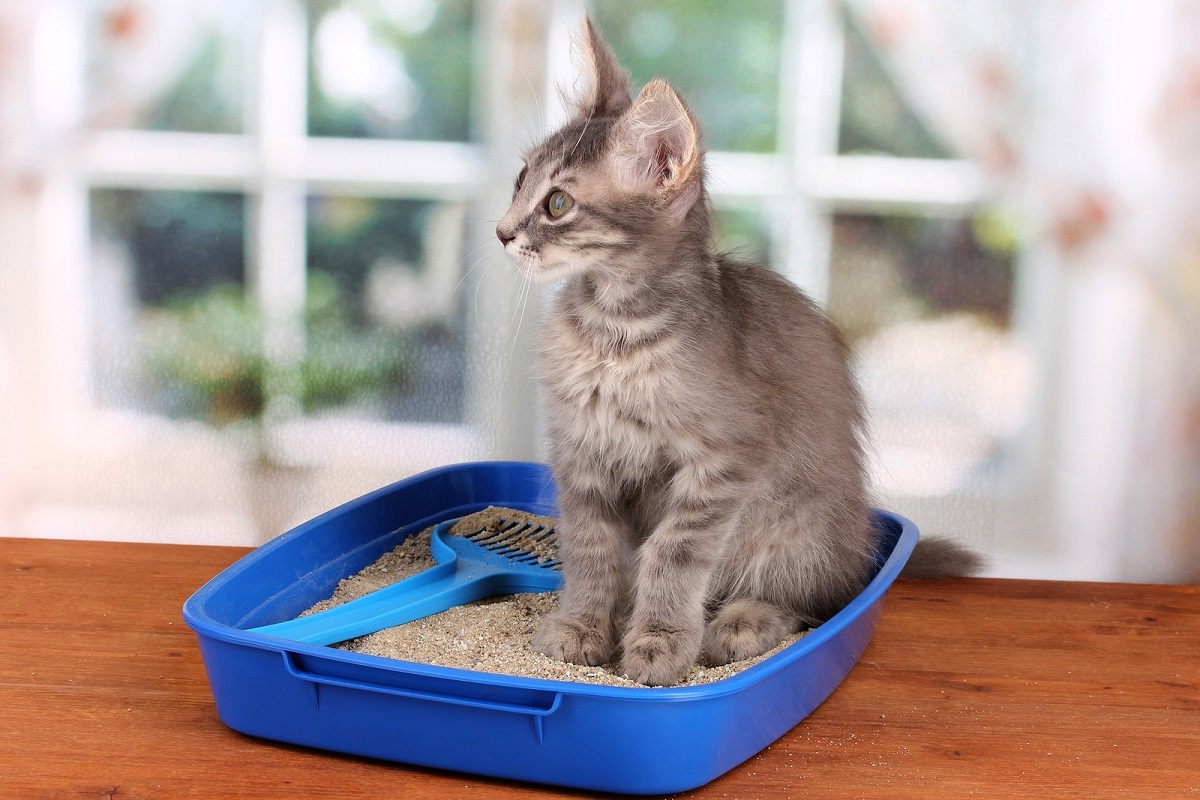

Kitchen Organizing Tools
How To Retrain A Cat To Use A Litter Box
Modified: February 25, 2024
Discover effective methods for retraining your cat to use a litter box and explore essential kitchen organizing tools for a clutter-free space. Unlock helpful tips and tools today!
(Many of the links in this article redirect to a specific reviewed product. Your purchase of these products through affiliate links helps to generate commission for Storables.com, at no extra cost. Learn more)
Introduction
Retraining a cat to use a litter box can be a challenging yet rewarding endeavor for pet owners. Cats are known for their independent nature, and when they suddenly stop using the litter box, it can be a cause of concern and frustration. However, it's important to approach this situation with patience, understanding, and a willingness to address the underlying issues.
When a cat begins to exhibit aversion to the litter box, it can stem from various factors such as medical conditions, stress, changes in the household, or dissatisfaction with the current litter box setup. As responsible pet owners, it's crucial to recognize that a cat's refusal to use the litter box is often a symptom of an underlying problem rather than a deliberate act of defiance.
In this comprehensive guide, we will delve into the intricacies of retraining a cat to use a litter box, offering practical strategies and insights to help pet owners navigate this common challenge. By understanding the reasons behind a cat's reluctance to use the litter box and implementing effective retraining techniques, pet owners can restore harmony in the household and ensure their feline companions' well-being.
Throughout this guide, we will explore the importance of creating a comfortable and inviting litter box environment, the gradual reintroduction to the litter box, the power of positive reinforcement and rewards, and the potential need for professional assistance. By addressing each aspect with empathy and dedication, pet owners can embark on a journey to successfully retrain their cats to use the litter box, strengthening the bond between human and feline family members.
Join us as we embark on this enlightening exploration, equipping pet owners with the knowledge and tools to guide their beloved cats back to litter box compliance and a happier, healthier coexistence.
Key Takeaways:
- Understanding Your Cat’s Needs
Cats may avoid the litter box due to medical issues, stress, or litter box preferences. Understanding these reasons helps pet owners address the underlying problem with empathy and patience. - Creating a Positive Environment
By choosing the right litter box, maintaining cleanliness, and using positive reinforcement, pet owners can create a comfortable and inviting environment that encourages their cats to use the litter box consistently.
Read more: How To Retrain My Cat To Use The Litter Box
Understanding the reasons behind the cat's refusal to use the litter box
Understanding the reasons behind a cat's refusal to use the litter box is crucial in addressing this common feline behavior. Cats are inherently clean animals, and when they deviate from using the litter box, it often indicates an underlying issue that needs attention. By delving into the potential causes, pet owners can gain valuable insights into their cat's behavior and take appropriate steps to facilitate retraining.
-
Medical Issues: Cats may avoid the litter box due to underlying medical conditions such as urinary tract infections, kidney problems, or gastrointestinal discomfort. These health issues can cause discomfort or pain, leading the cat to associate the litter box with their distress. It's essential to rule out any medical concerns by consulting a veterinarian to ensure the cat's physical well-being.
-
Stress and Anxiety: Cats are sensitive to changes in their environment, and stressors such as moving to a new home, the introduction of a new pet, or changes in the household dynamics can trigger anxiety in cats. This anxiety may manifest as a refusal to use the litter box. Understanding and addressing the sources of stress can help alleviate the cat's aversion to the litter box.
-
Litter Box Preferences: Cats have individual preferences when it comes to litter box type, size, location, and cleanliness. A cat may reject the litter box if it doesn't meet their specific preferences. Experimenting with different types of litter, box styles, and locations can help identify the cat's preferences and encourage litter box usage.
-
Litter Box Cleanliness: Cats are fastidious creatures and may avoid a soiled or odorous litter box. Regular cleaning and maintenance of the litter box are essential to ensure a hygienic environment that encourages the cat to use it consistently.
-
Negative Associations: Cats have associative memories, and if they have had negative experiences in or around the litter box, they may develop aversions to using it. Identifying and mitigating any past negative associations can help rebuild the cat's confidence in the litter box.
By recognizing and addressing these potential reasons behind a cat's refusal to use the litter box, pet owners can approach the retraining process with empathy and a deeper understanding of their feline companion's needs. This understanding forms the foundation for implementing effective retraining strategies and creating a supportive environment that encourages the cat to embrace the litter box once again.
Creating a comfortable and inviting litter box environment
A comfortable and inviting litter box environment is pivotal in encouraging a cat to consistently use the designated area for elimination. Cats are discerning creatures, and their preferences for the litter box environment can significantly influence their behavior. By meticulously curating the litter box space, pet owners can create an environment that entices the cat to engage with the litter box positively.
Choosing the Right Litter Box
Selecting the appropriate litter box is the first step in creating an inviting environment for the cat. The litter box should be spacious enough to accommodate the cat comfortably, allowing ample room for movement and digging. Additionally, the sides of the litter box should be low enough for easy entry, especially for kittens or senior cats with mobility challenges.
Optimal Litter Selection
The type of litter used in the box plays a crucial role in the cat's acceptance of the designated area. Cats have distinct preferences for litter texture and scent, and experimenting with various options can help identify the cat's preferred litter type. Common litter materials include clumping clay, silica gel crystals, natural plant-based litter, and recycled paper pellets. Observing the cat's response to different litter types can guide pet owners in selecting the most appealing option.
Strategic Litter Box Placement
The location of the litter box within the home is a critical consideration. Cats appreciate privacy and security while using the litter box, so it's essential to position it in a quiet, low-traffic area. Placing the litter box away from noisy appliances, high-traffic zones, and areas frequented by other pets can create a serene environment that promotes the cat's comfort and confidence during elimination.
Maintaining Cleanliness
Regular maintenance and cleanliness of the litter box are imperative for creating an inviting environment. Cats are averse to using soiled or malodorous litter boxes, and neglecting cleanliness can deter them from consistent litter box usage. Scooping the litter box daily, replacing the litter as needed, and periodic thorough cleaning contribute to a hygienic and appealing litter box environment.
Multiple Litter Boxes
In households with multiple cats, providing an adequate number of litter boxes is essential. The general rule is to have one litter box per cat plus an additional box to accommodate their individual preferences and prevent territorial disputes. Multiple litter boxes distributed across the living space offer cats accessibility and options, reducing the likelihood of litter box aversion.
By meticulously curating the litter box environment to align with the cat's preferences and needs, pet owners can foster a positive association with the litter box, encouraging consistent and stress-free litter box usage. This proactive approach sets the stage for successful retraining and reinforces the cat's confidence in the designated elimination area.
Gradual reintroduction to the litter box
Gradual reintroduction to the litter box is a strategic and compassionate approach to retraining a cat to embrace litter box usage. This method acknowledges the cat's individual needs and allows for a gradual acclimation process, minimizing stress and anxiety associated with the litter box. By implementing a step-by-step reintroduction plan, pet owners can instill confidence in their feline companions and facilitate a positive association with the litter box.
Read more: How To Teach A Cat To Use A Litter Box
Patience and Observation
The reintroduction process begins with patience and keen observation of the cat's behavior. If the cat has been avoiding the litter box, it's essential to identify alternative elimination sites and patterns. Understanding the locations and triggers that prompt the cat to bypass the litter box provides valuable insights for tailoring the reintroduction strategy to address specific concerns.
Encouraging Exploration
Introducing the cat to the litter box environment in a gentle and encouraging manner is pivotal. Placing the cat near the litter box and allowing them to explore the area at their own pace can help alleviate apprehension. This initial phase focuses on familiarizing the cat with the litter box without imposing pressure, fostering a sense of curiosity and comfort.
Gradual Exposure to the Litter Box
Gradual exposure to the litter box involves acclimating the cat to the box and its contents over time. Placing the cat in the vicinity of the litter box and offering positive reinforcement, such as gentle praise or treats, can create a positive association with the designated area. As the cat becomes more accustomed to the litter box environment, gradual exposure helps build confidence and reduces reluctance.
Encouraging Positive Experiences
During the reintroduction process, it's crucial to prioritize positive experiences associated with the litter box. Observing the cat's body language and responses while near the box can guide pet owners in gauging the cat's comfort level. By fostering a supportive and stress-free environment, pet owners can encourage the cat to view the litter box as a safe and inviting space for elimination.
Read more: Why Would A Cat Not Use A Litter Box?
Reinforcement and Support
Consistent reinforcement and support play a pivotal role in the gradual reintroduction process. Offering encouragement, rewards, and gentle guidance as the cat engages with the litter box reinforces positive behavior. This approach instills confidence in the cat and reinforces the notion that the litter box is a secure and acceptable location for elimination.
By embracing the gradual reintroduction approach, pet owners can navigate the retraining process with empathy and understanding, nurturing a positive and cooperative relationship with their feline companions. This method prioritizes the cat's emotional well-being and fosters a supportive environment, ultimately leading to successful litter box retraining and a harmonious coexistence.
Positive reinforcement and rewards
Positive reinforcement and rewards play a pivotal role in retraining a cat to use the litter box consistently. This approach leverages the power of positive associations and incentives to encourage desired behavior, fostering a harmonious relationship between the cat and the litter box. By implementing a structured reinforcement strategy, pet owners can effectively motivate their feline companions to embrace the litter box, creating a positive and rewarding experience for both the cat and the caregiver.
Identifying Effective Rewards
Identifying the cat's preferred rewards is the first step in implementing a successful reinforcement strategy. Cats have individual preferences for treats, toys, and affectionate gestures, and understanding these preferences enables pet owners to select the most enticing rewards. Whether it's a delectable treat, a favorite toy, or gentle petting, the chosen rewards should resonate with the cat's unique preferences, amplifying their appeal as positive reinforcements.
Timely and Consistent Acknowledgment
Consistency and timeliness are key elements in reinforcing positive behavior. When the cat uses the litter box appropriately, timely acknowledgment through verbal praise, gentle petting, or offering a favored treat reinforces the desired behavior. This immediate acknowledgment creates a clear connection between the cat's action and the positive reinforcement, strengthening the association between using the litter box and receiving rewards.
Read more: Why Do Cats Use A Litter Box
Encouraging Desired Behavior
Positive reinforcement serves as a catalyst for encouraging and perpetuating the desired behavior. By consistently rewarding the cat's use of the litter box, pet owners communicate the value of this behavior, reinforcing the notion that the litter box is a source of positive experiences. This encouragement fosters a sense of accomplishment in the cat and reinforces the habit of using the litter box, contributing to long-term compliance.
Avoiding Negative Reinforcement
It's essential to avoid negative reinforcement or punishment when retraining a cat to use the litter box. Negative reactions to litter box aversion, such as scolding or reprimanding the cat, can exacerbate stress and anxiety, further deterring the cat from using the litter box. Instead, focusing on positive reinforcement redirects the cat's behavior in a constructive and nurturing manner, promoting a supportive and trusting environment.
Reinforcement as a Continuous Process
Reinforcement of litter box usage should be viewed as an ongoing and continuous process. Consistent acknowledgment and rewards reinforce the cat's positive behavior, solidifying the association between using the litter box and receiving favorable outcomes. This continuous reinforcement sustains the cat's motivation and commitment to using the litter box, contributing to a consistent and reliable elimination routine.
By leveraging positive reinforcement and rewards, pet owners can instill a sense of accomplishment and contentment in their cats, fostering a cooperative and mutually beneficial relationship with the litter box. This approach not only facilitates successful retraining but also strengthens the bond between the cat and the caregiver, creating a positive and enriching environment for the feline companion.
Seeking professional help if necessary
In some instances, despite dedicated efforts and strategic retraining approaches, a cat's aversion to using the litter box may persist, signaling the need for professional intervention. Seeking the expertise of a veterinarian or a certified animal behaviorist can provide invaluable insights and specialized guidance to address complex litter box aversion issues.
Veterinary Consultation: A thorough veterinary examination is paramount when a cat consistently refuses to use the litter box, as underlying medical conditions could be contributing to the behavior. A veterinarian can conduct comprehensive diagnostic tests to rule out urinary tract infections, gastrointestinal disorders, or other health concerns that may be causing discomfort or pain during elimination. Identifying and addressing any medical issues is crucial in restoring the cat's physical well-being and resolving litter box aversion rooted in health-related factors.
Behavioral Assessment: Certified animal behaviorists possess the expertise to conduct in-depth behavioral assessments, delving into the cat's environment, routine, and interactions to identify potential triggers for litter box aversion. These professionals can offer tailored behavior modification plans, incorporating environmental enrichment, stress reduction techniques, and positive reinforcement strategies to address the cat's aversion and promote litter box compliance. Their specialized knowledge equips pet owners with targeted interventions designed to address the cat's unique behavioral challenges.
Customized Intervention Plans: Professional intervention may involve the development of customized intervention plans that encompass environmental modifications, stress management techniques, and behavioral conditioning exercises tailored to the cat's specific needs. These plans are designed to create a supportive and conducive environment that encourages the cat to reestablish positive associations with the litter box, ultimately fostering consistent and stress-free litter box usage.
Medication and Therapeutic Solutions: In cases where underlying anxiety or stress-related issues contribute to litter box aversion, veterinarians may prescribe medication or therapeutic solutions to alleviate the cat's emotional distress. These interventions aim to mitigate anxiety, enhance the cat's emotional well-being, and facilitate a smoother transition back to using the litter box. Collaborating with veterinary professionals ensures that the cat's physical and emotional needs are comprehensively addressed, paving the way for successful litter box retraining.
By recognizing the potential benefits of seeking professional help, pet owners demonstrate a commitment to their cat's well-being and behavioral health. Professional expertise and tailored interventions can offer a holistic approach to resolving complex litter box aversion issues, empowering pet owners with the knowledge and support necessary to guide their feline companions back to litter box compliance and a harmonious coexistence.
Frequently Asked Questions about How To Retrain A Cat To Use A Litter Box
Was this page helpful?
At Storables.com, we guarantee accurate and reliable information. Our content, validated by Expert Board Contributors, is crafted following stringent Editorial Policies. We're committed to providing you with well-researched, expert-backed insights for all your informational needs.
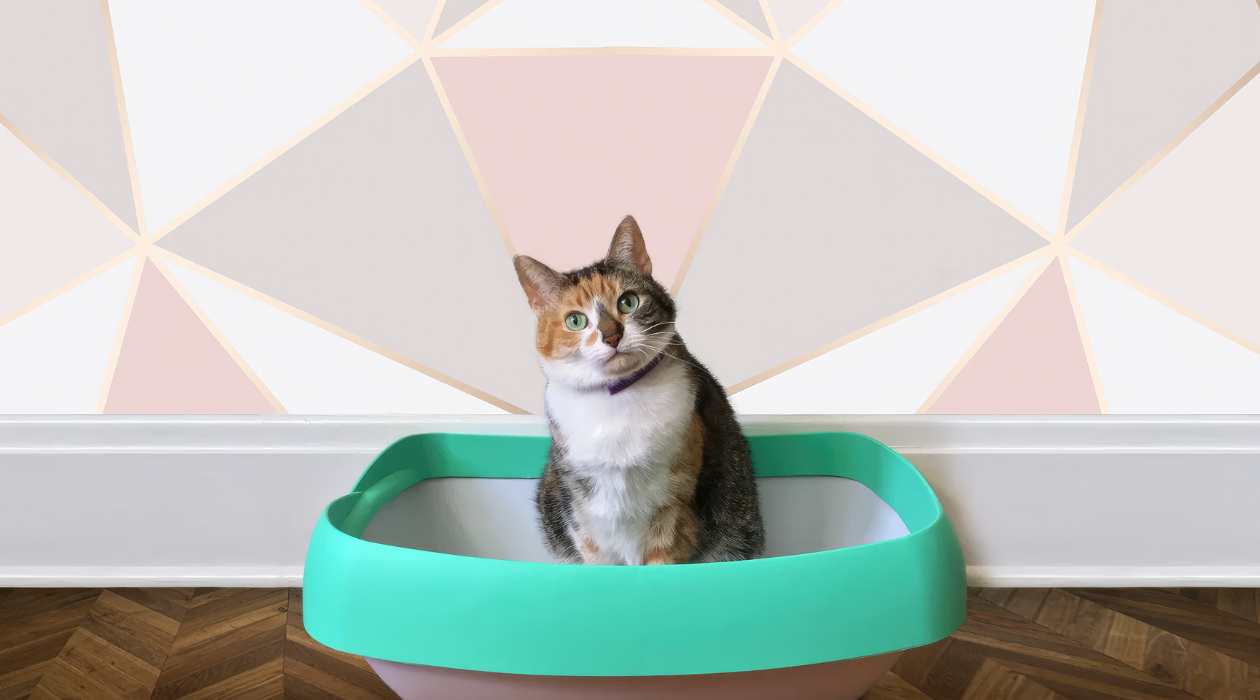
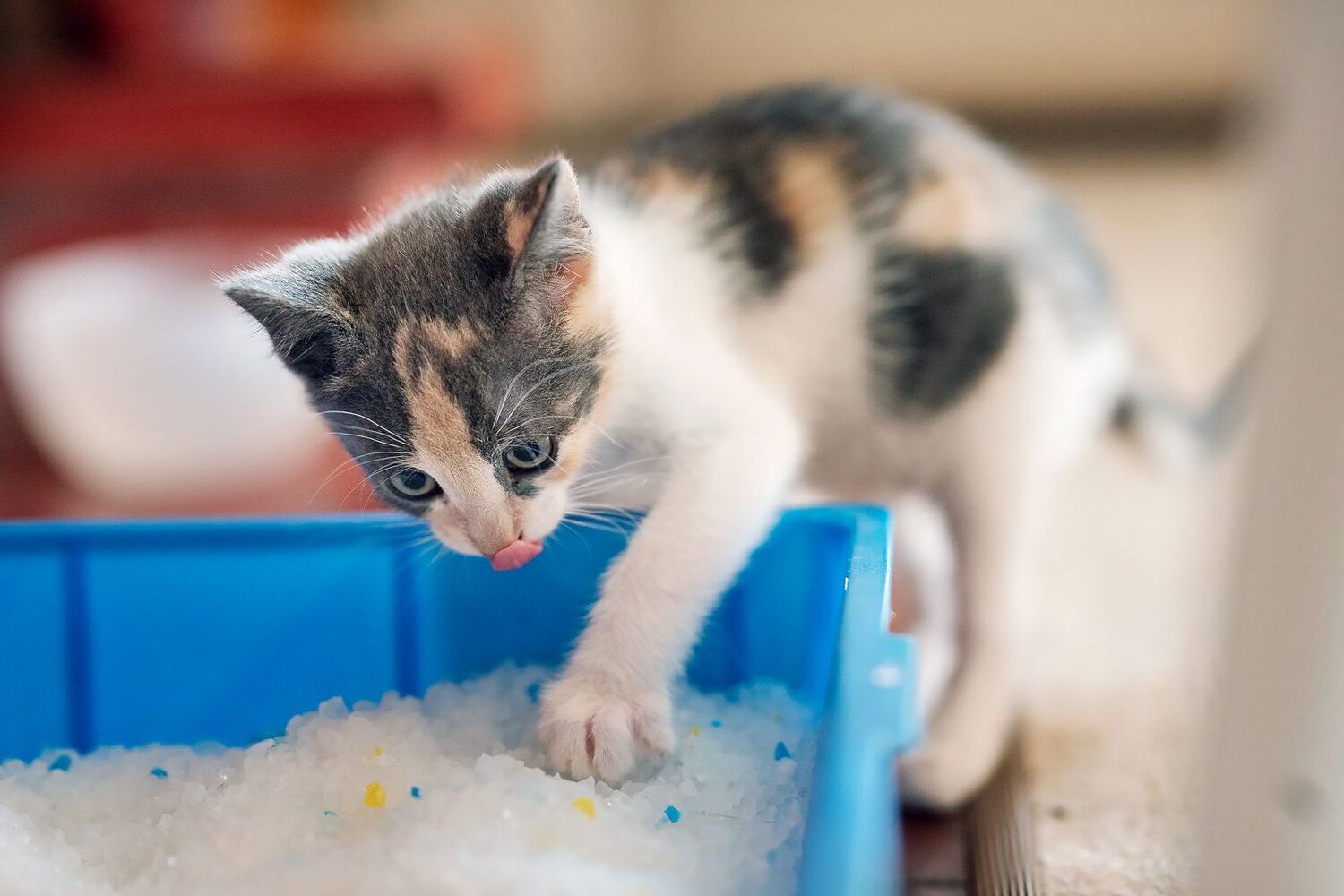
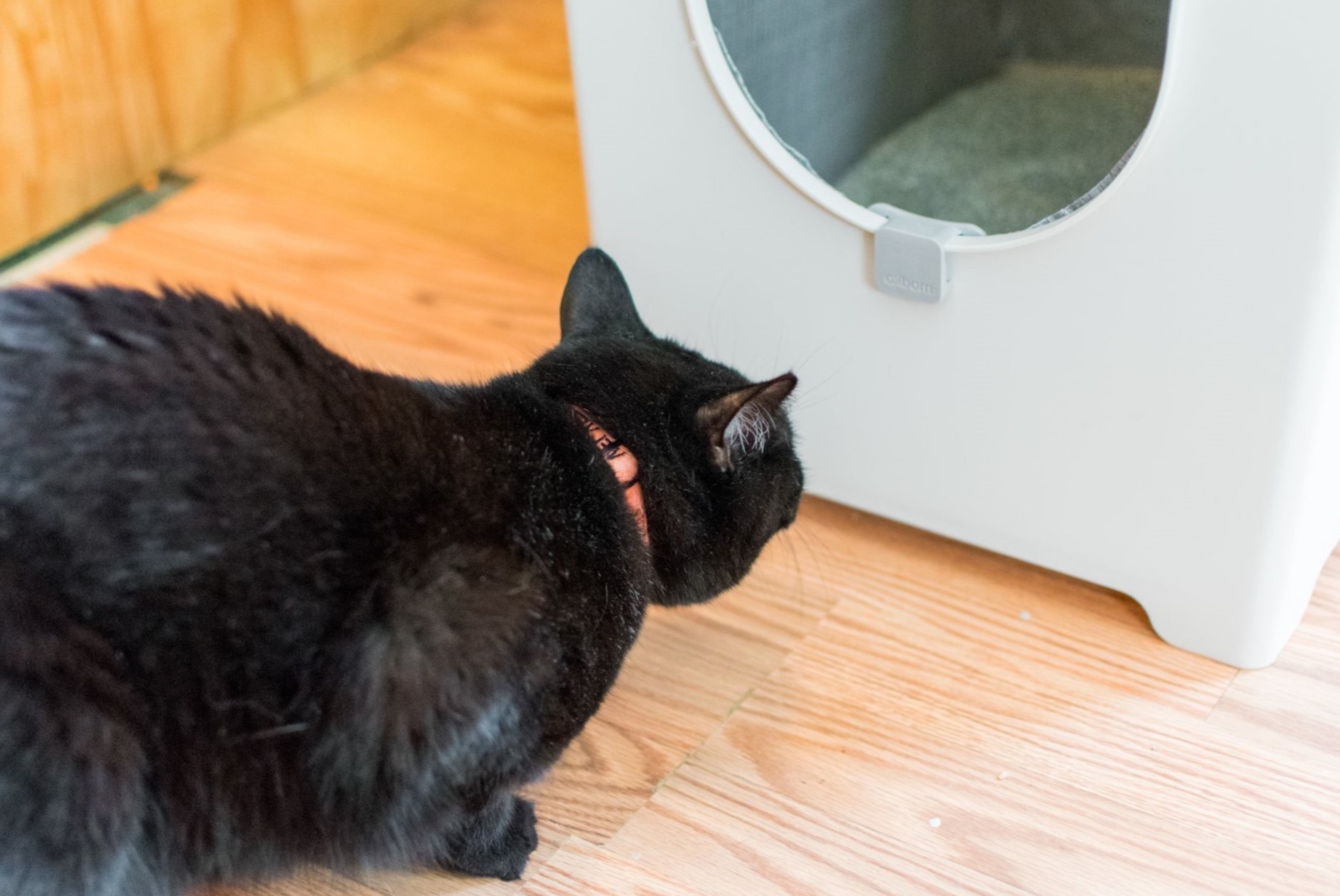
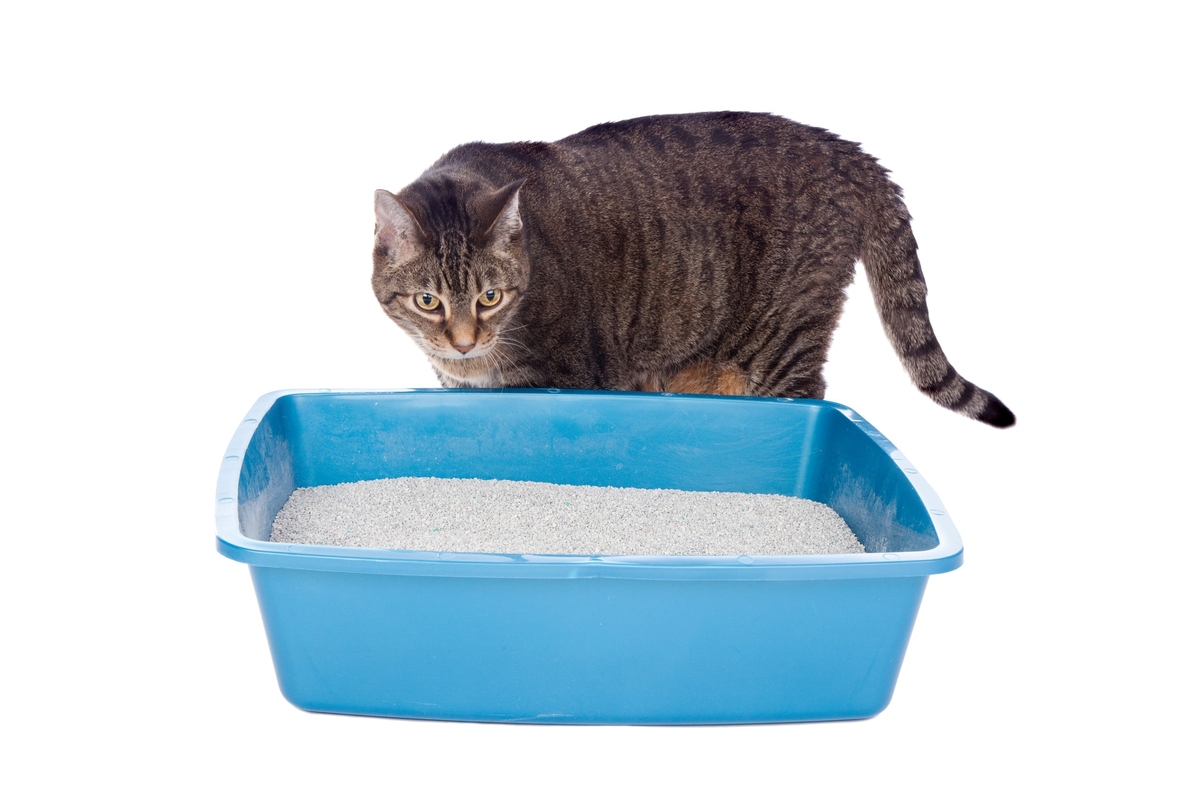
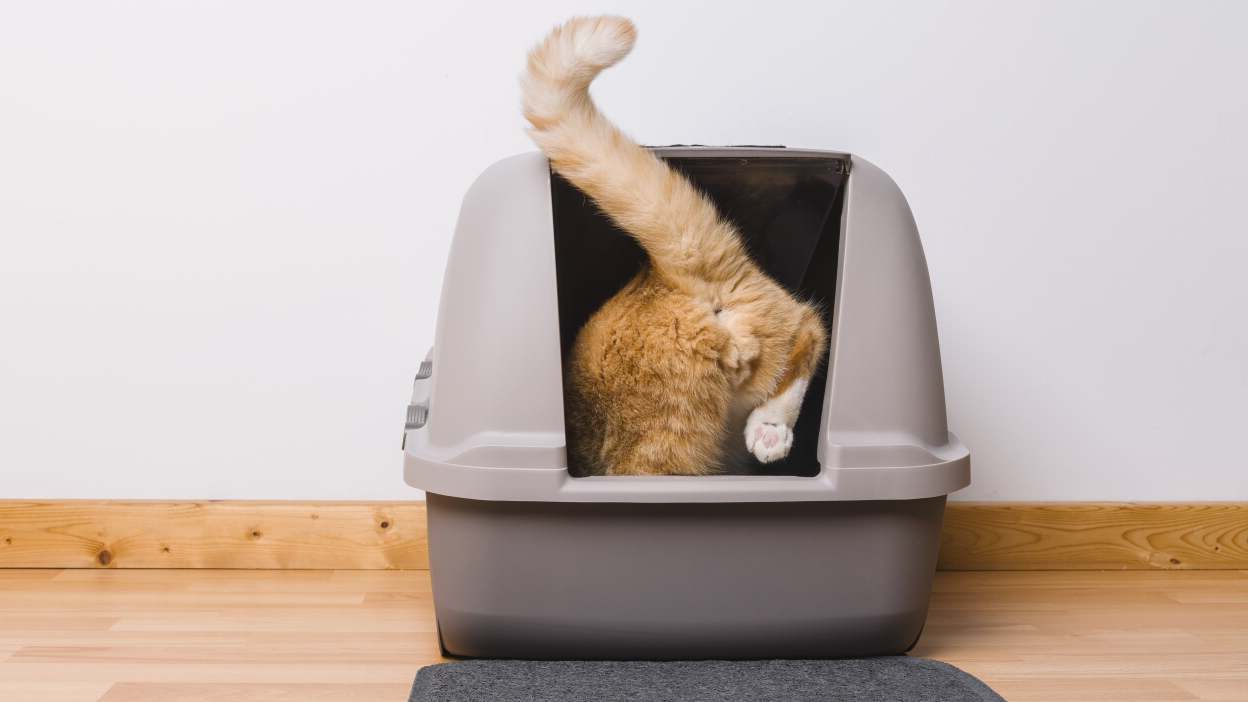
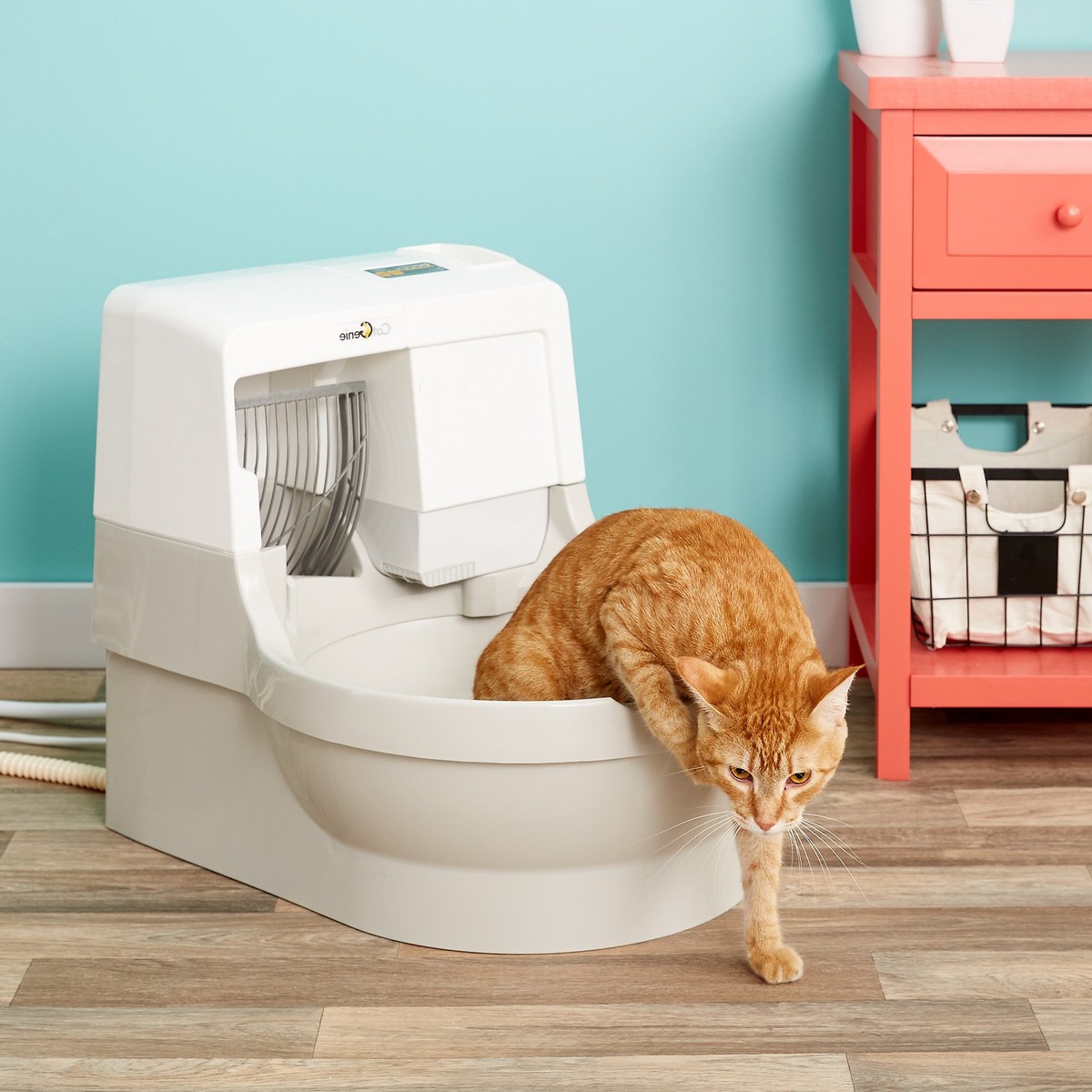
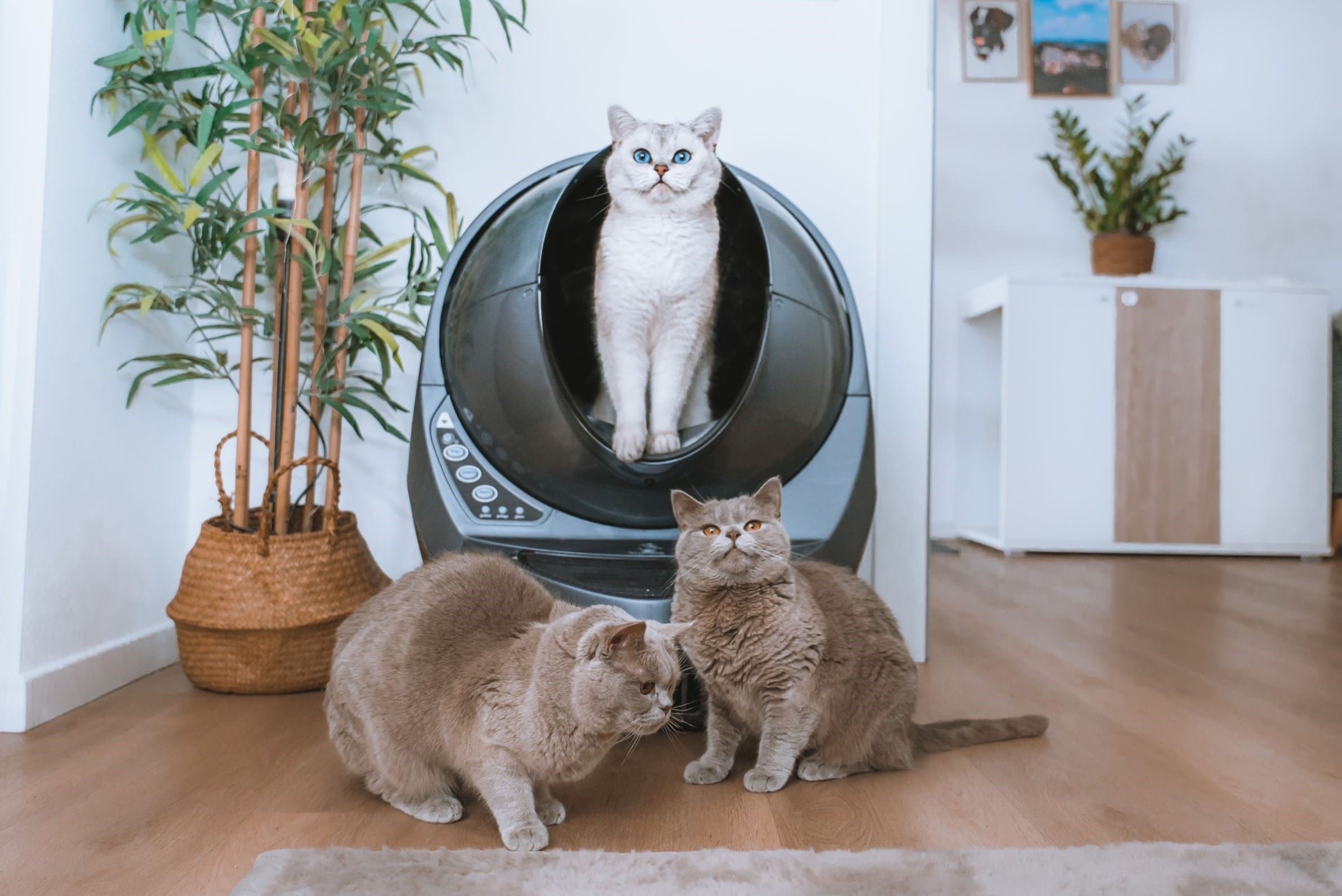
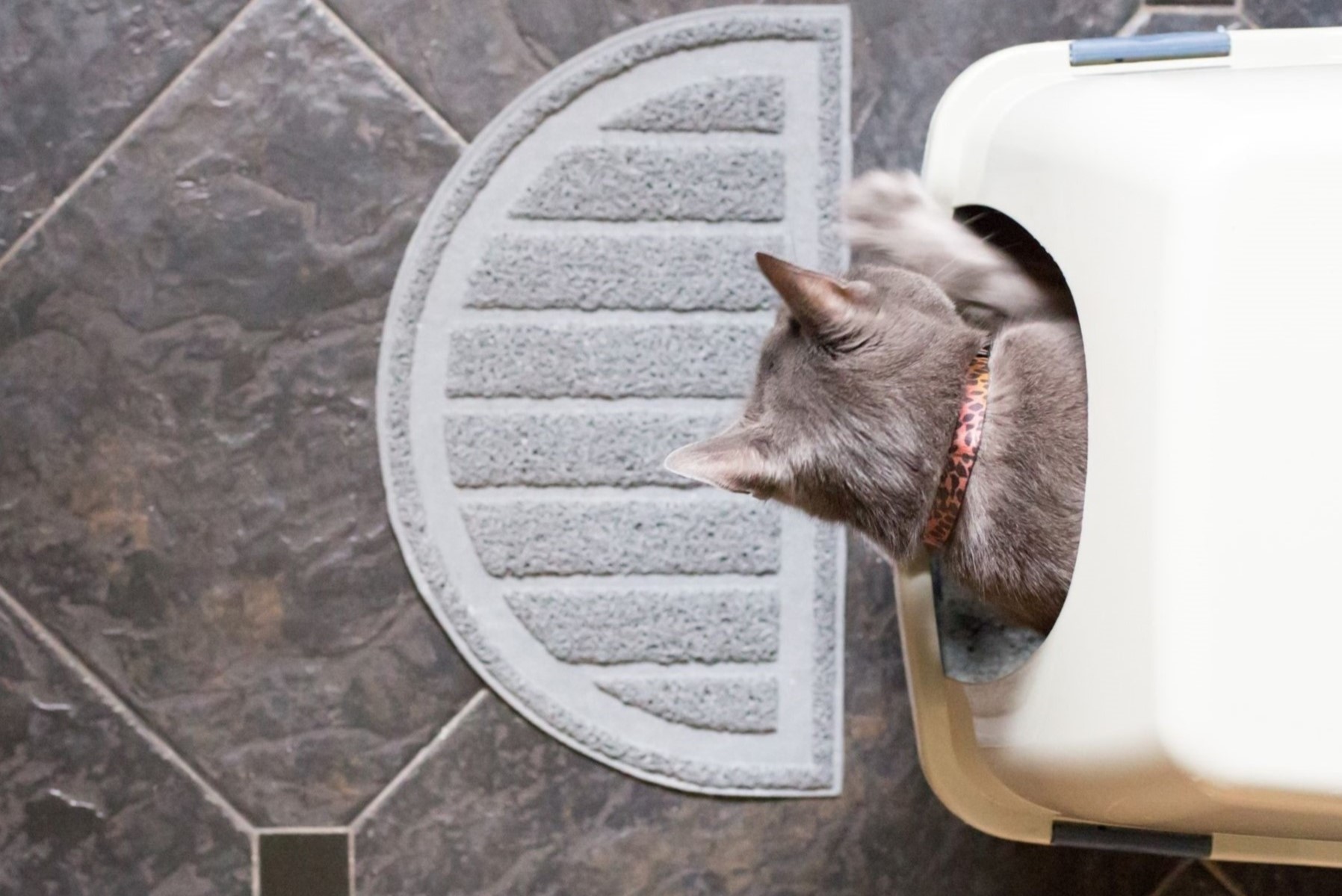
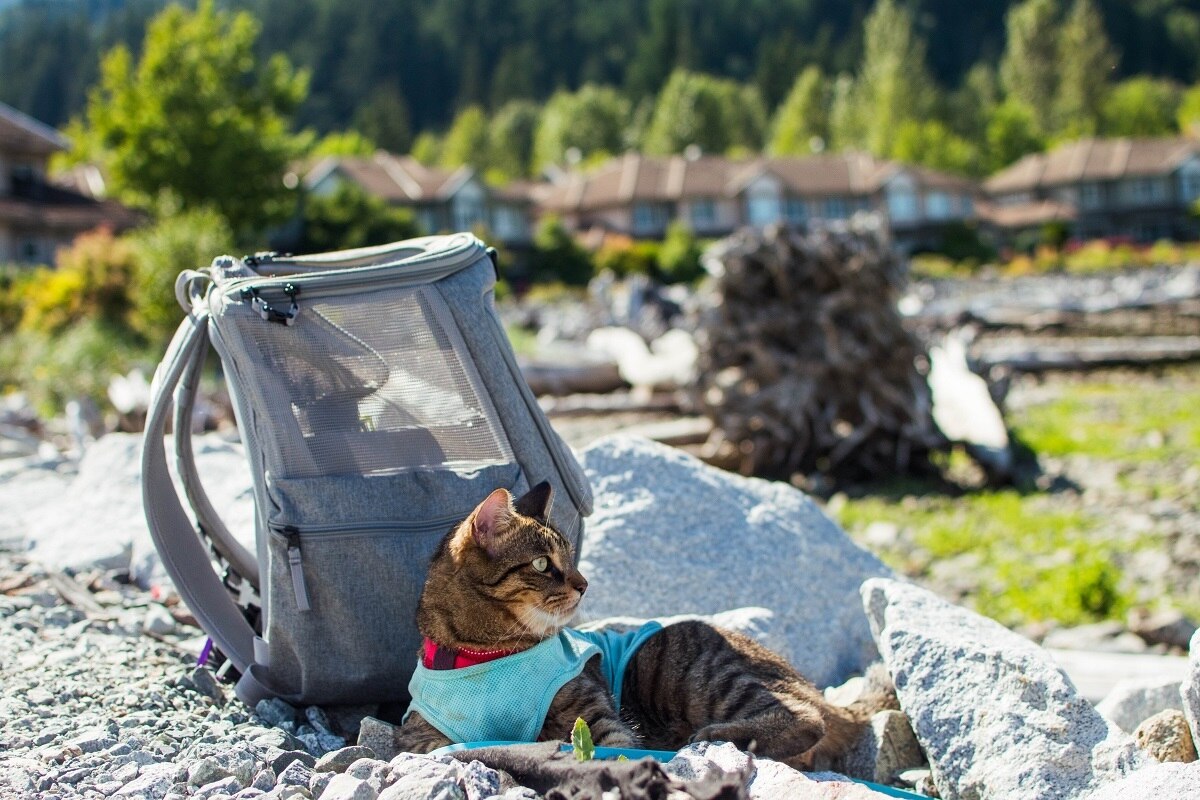
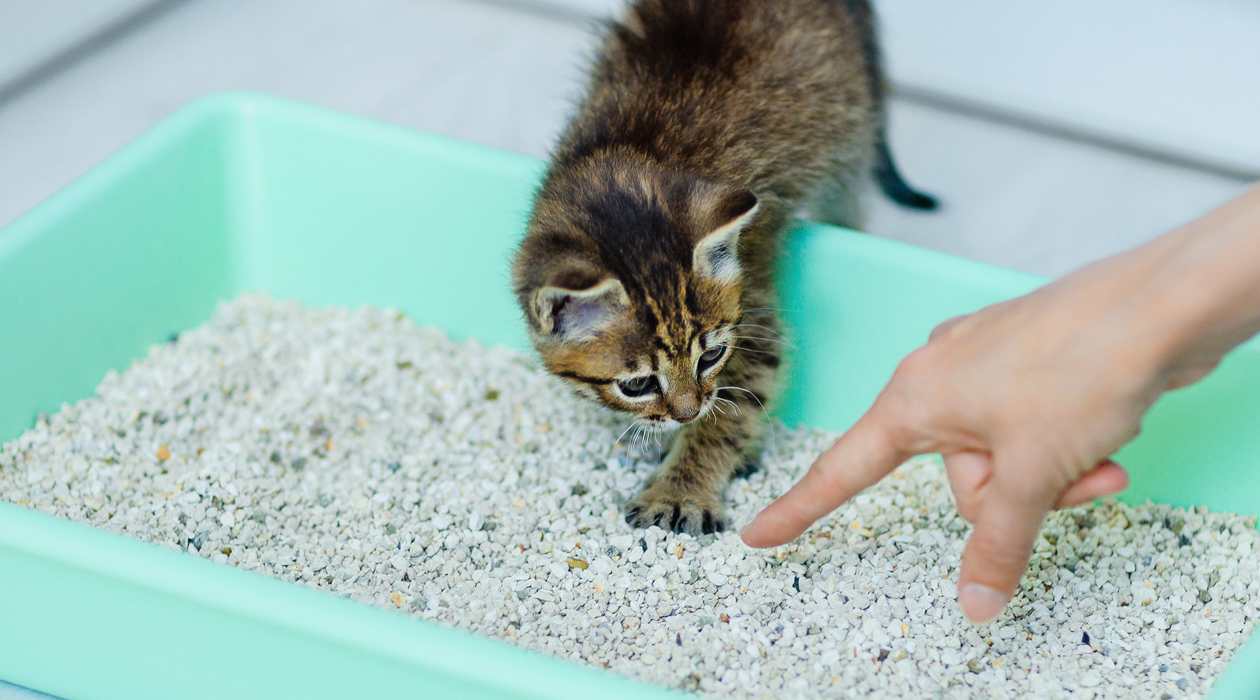
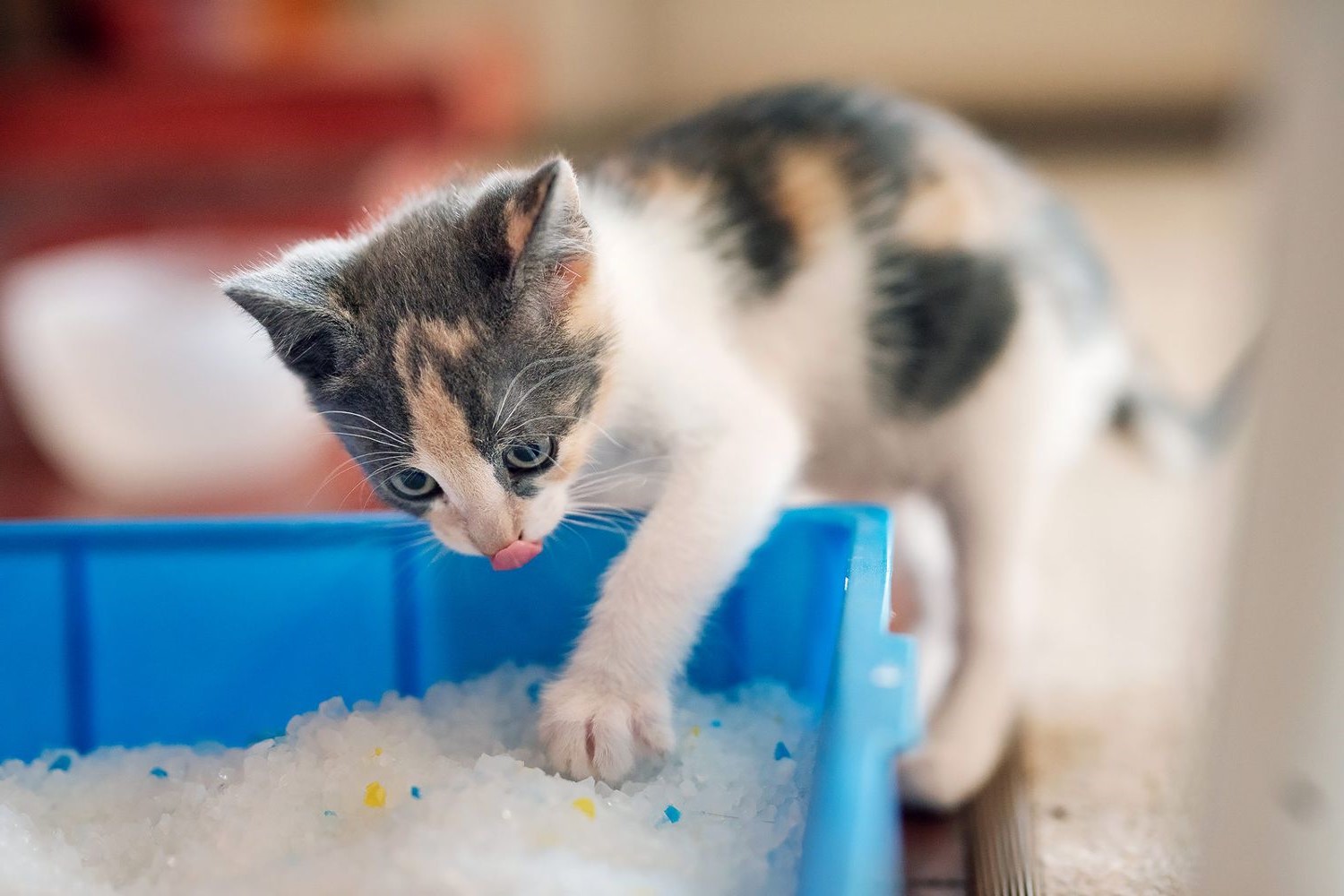

0 thoughts on “How To Retrain A Cat To Use A Litter Box”